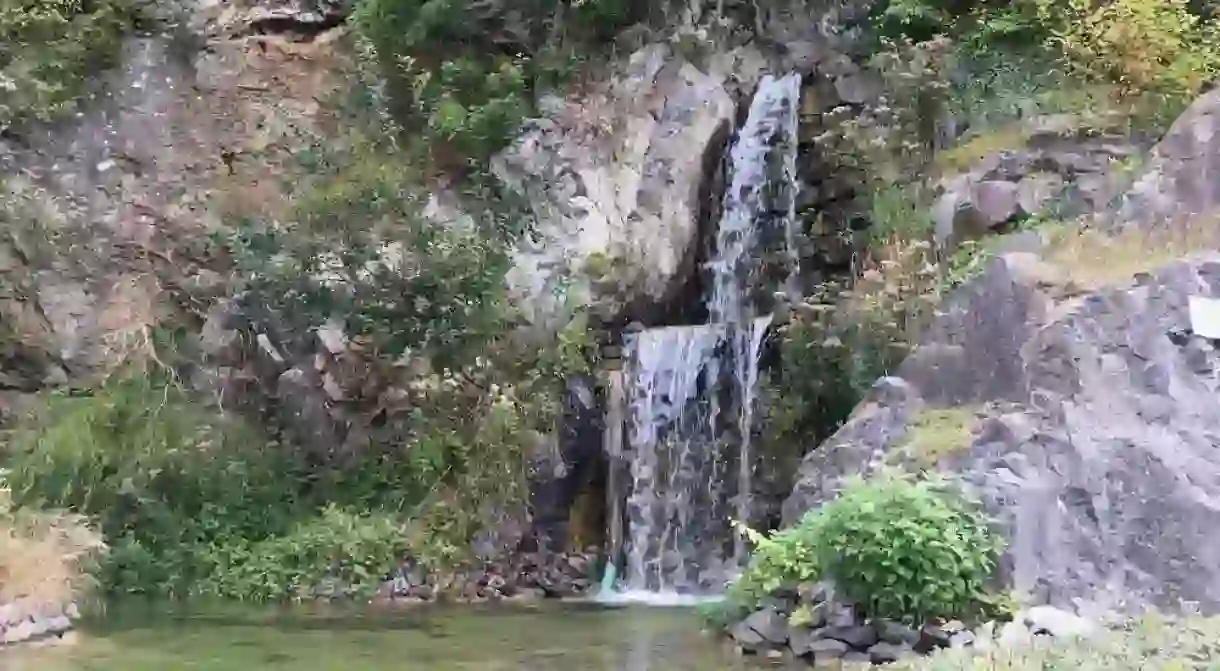11 Magical Caves in Germany You Can Visit

Although it’s easy to focus on Germany’s larger cities and medieval villages when planning a trip, the country’s beautiful landscapes are equally fascinating. There are many complex cave systems all across Germany, and a lot of them have been opened to the public. Here are the most magical.
Planning a trip to Germany? Be sure to book ahead onto these top-rated tours of the country to make the most out of your trip.
Atta Cave
Kalkberg Cave Bad Segeberg

Devil's Cave

Klutert Cave

Schellenberg Ice Cave

Kubach Crystal Cave

Syrau Dragon's Cave

Baumann’s Cave

Laichinger Tiefenhöhle
Architectural Landmark, Natural Feature

Visitors have to climb several flights of stairs to descend 55 metres (180 feet) deep into the ground to explore the world of the Laichinger Tiefenhöhle. It’s Germany’s only pit cave open to visitors, and is made of a complex system of tunnels, shafts and halls. Between March and November, tours take visitors on a discovery of fossilised reefs and bizarre limestone deposits along the way.
Saalfeld Fairy Grottoes
Architectural Landmark, Natural Feature

Between the 16th and 19th centuries, an alum mine drilled into the rock in Saalfeld. The mine was eventually abandoned and forgot about until the chambers were rediscovered in 1910. These days, the Saalfeld Fairy Grottoes are known as some of the world’s most colourful caverns and grottos. The mineral components of the rock have resulted in formations in all shades of beige, brown, red and grey that are reflected by the underground pools of water.













